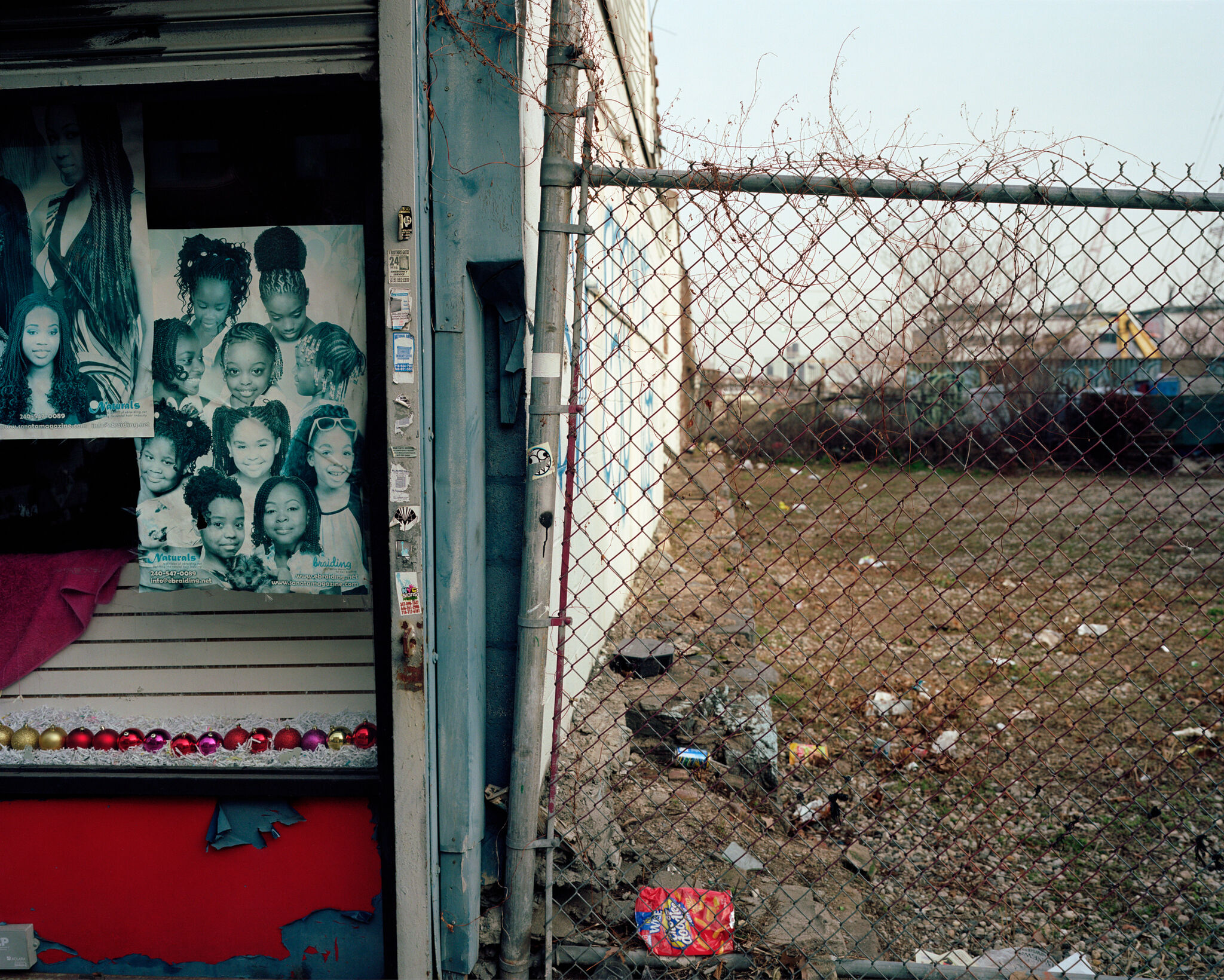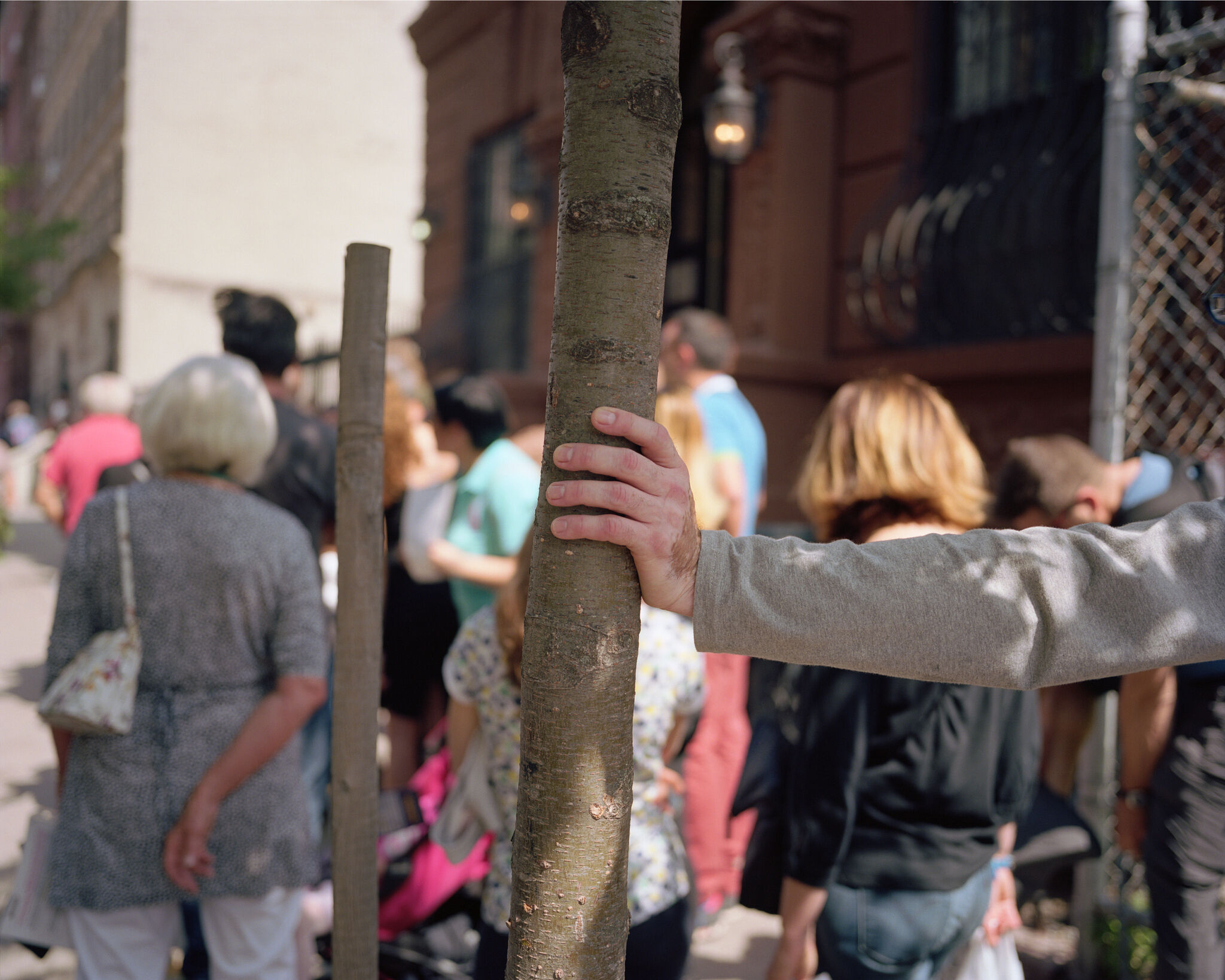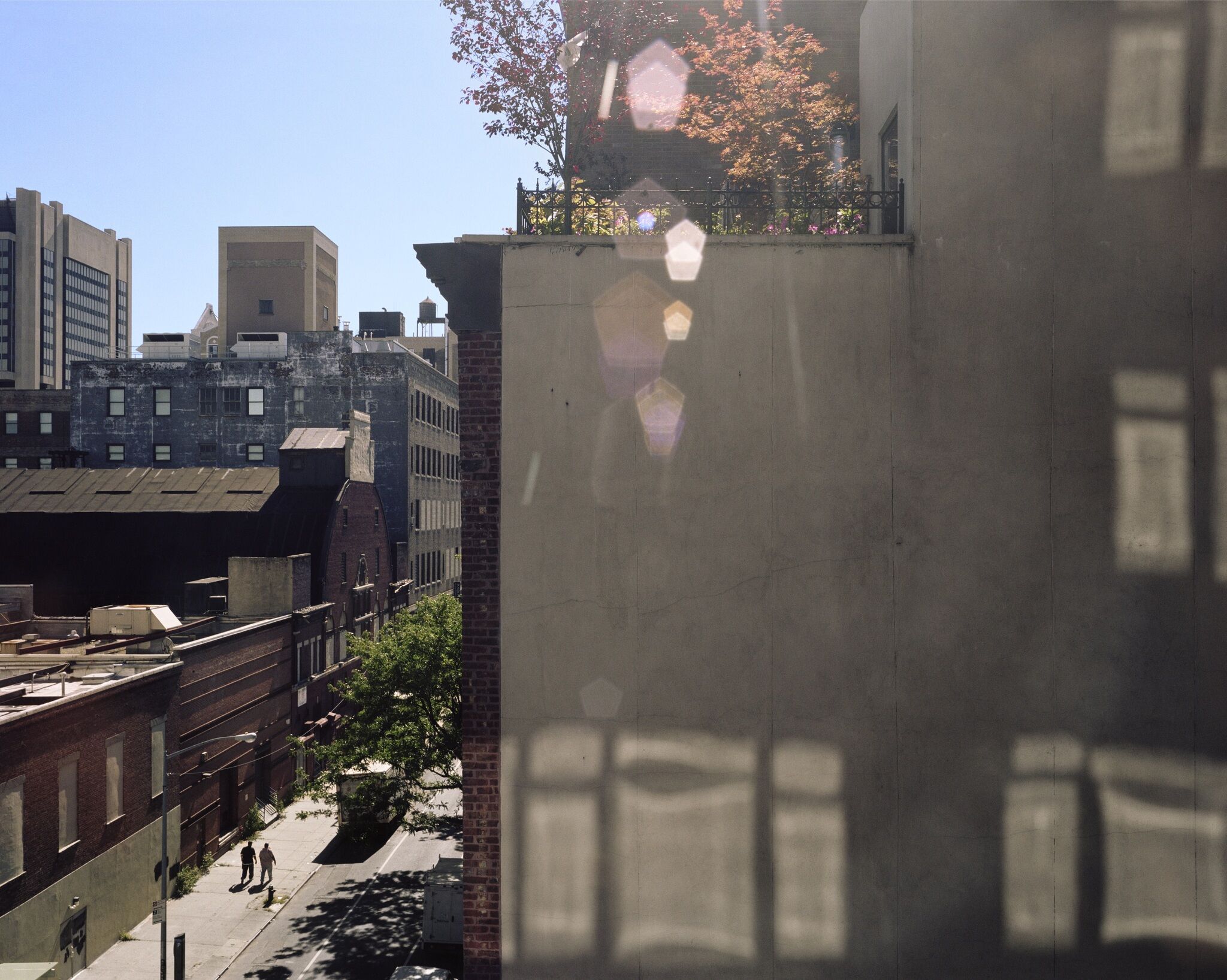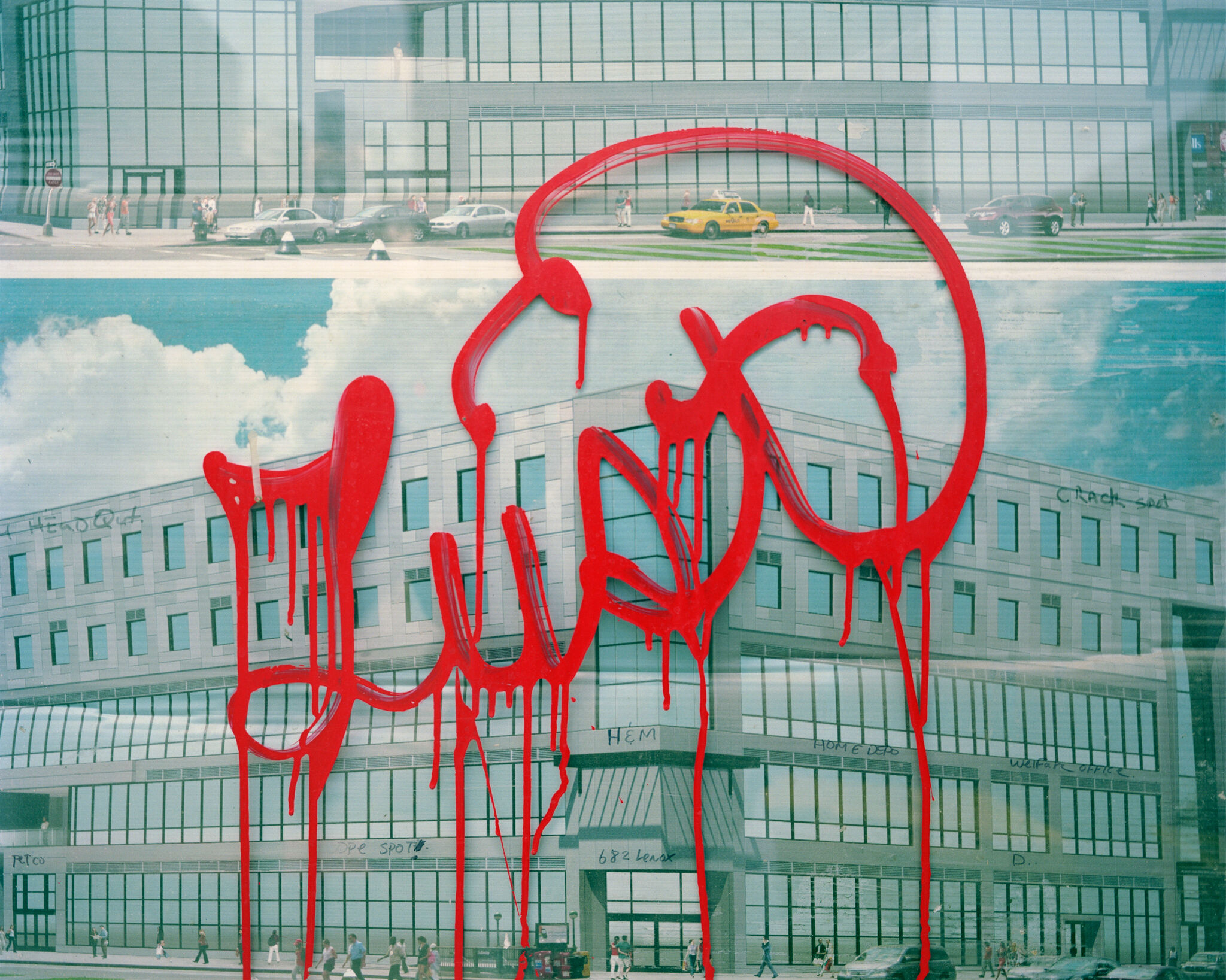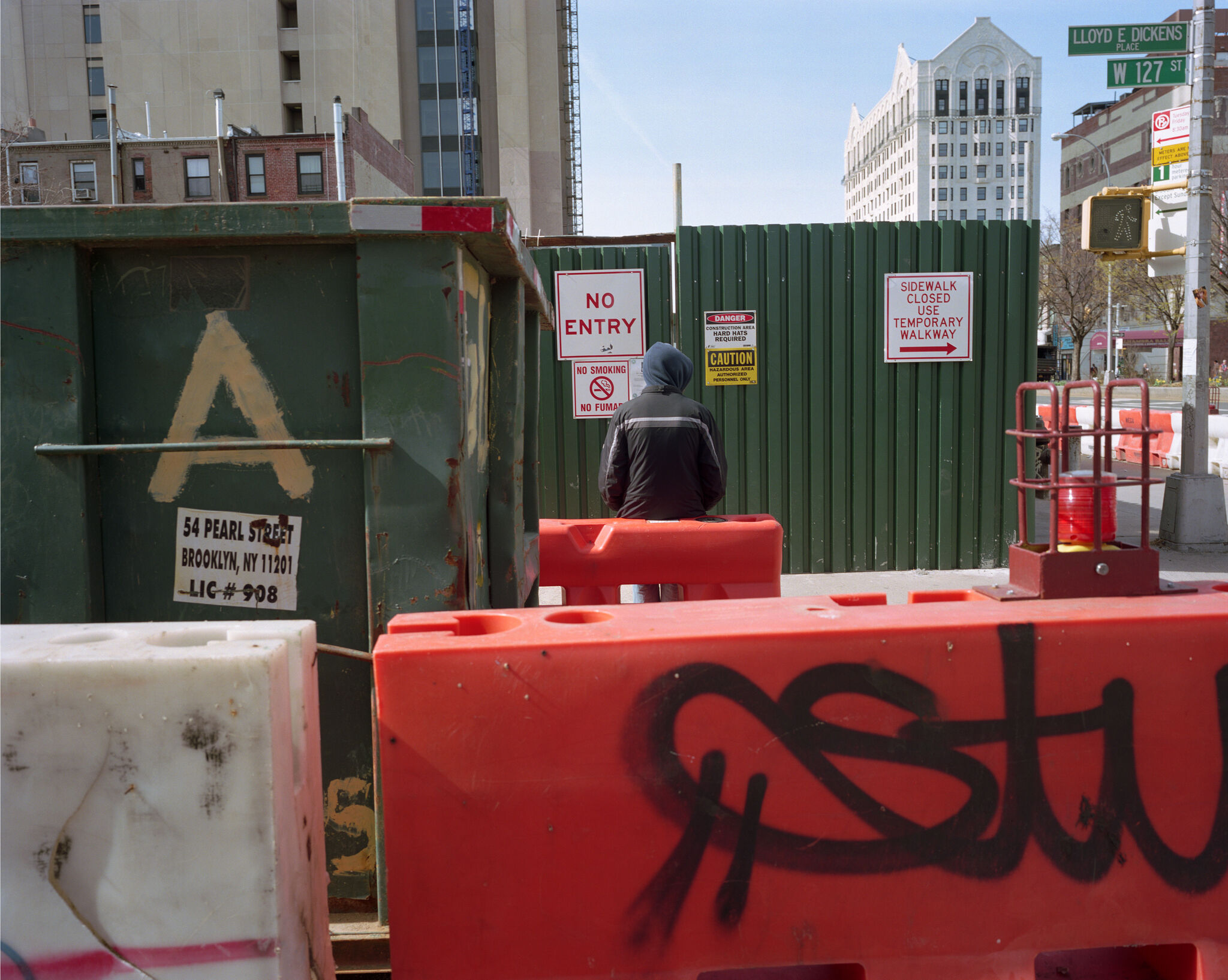Dawoud Bey: An American Project | Art & Artists
Apr 17–Oct 3, 2021
Dawoud Bey: An American Project | Art & Artists
Harlem Redux
7
In 2014, Bey began the series of which this work is a part, Harlem Redux. It marked a return to the neighborhood, where four decades earlier he had made his first critically acclaimed body of work, Harlem, U.S.A. If the earlier series is a love letter to the historic epicenter of Black community and culture in the United States, Harlem Redux (2014–17) is an incisive and elegiac look at its recent, rapid transformation and gentrification. Bey used a medium-format camera and made the pictures large scale and in color, techniques common to contemporary photography practices, in order to signal that these changes are taking place now, and not in a historical moment.
This series commemorates sites of cultural significance in Harlem—such as the legendary jazz club the Lenox Lounge, which was demolished not long after Bey’s photograph was made—and makes evident the impacts of otherwise invisible socioeconomic forces. In his words, Harlem is now a neighborhood “increasingly defined by a sense of ‘erase and replace,’ wherein pieces of social and cultural history, along with memory itself, are routinely discarded.”

